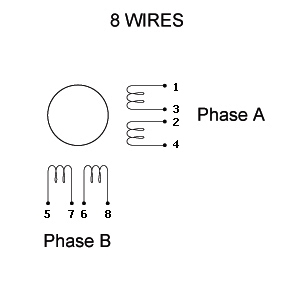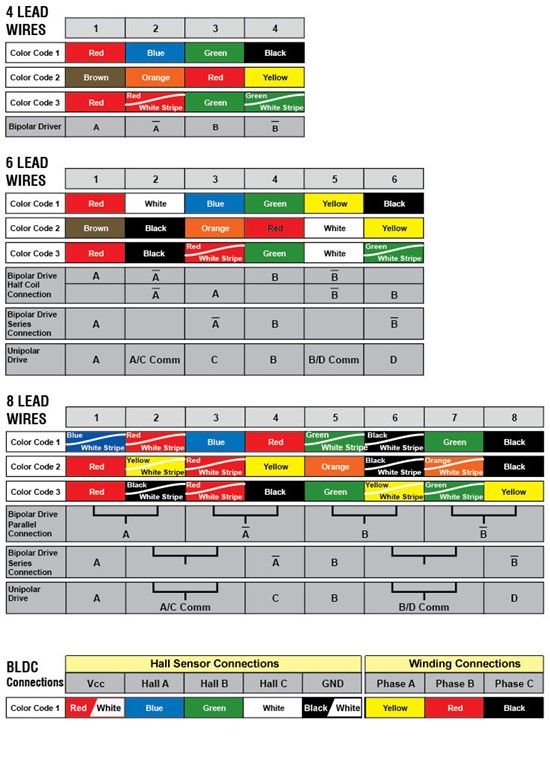We recently purchased a DRV8412-C2-KIT, it's been setup and the step motor seems rotate fine. But we found that whenever we enable the step motor on the GUI, the motor start to have some high frequency noise (I can heard the noise with my ears). We also later on find out that the motor also produce noise and couple to my measurement, and the noise is very bad (electric magnetic noise?). I want to see if this is the malfunction of the step motor, or if this is due to some wrong setting on the software or hardware.
Also, we want to be able to control the step motor in a constant speed, but the GUI can only allow max. 800 steps/sec in speed mode. and I can get to much higher speed in index mode, but it's less convenience. Is there a software update that can provide a large max speed in speed mode?



